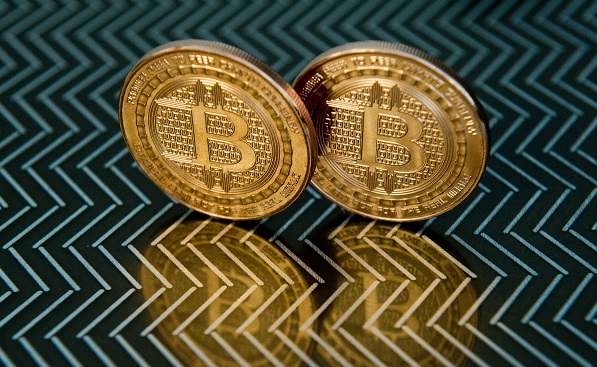Cryptocurrency miners and cheap energy
It is no big secret that considering the amount of power used by the vast array of computer servers that do the work of cryptocurrency mining, most firms in the mining game hunt for geographic locations where they can access cheap energy.
But I am not so sure simply shopping around for cheap prices is the smartest approach. Sure, places like Norway, Sweden and Ireland might seem appealing, but what happens when local consumers find out their energy costs are being effected by energy-sucking cryptocurrency miners? The political risk is significant because the notion of local municipalities nailing cryptocurrency mining firms with special taxes or connection fees is not too far-fetched.
The smart play for cryptocurrency miners who are in it for the long haul would be for them to follow the lead of companies like Google and Microsoft and control their own energy supply. They should build the hydro, solar or wind power generators (or partner with firms that already are) and lock in their prices forever.
IOSCO and the CPMI unveiled framework for CCP stress testing
How the world’s central counterparties would respond to a macroeconomic event that might push them toward the brink of failure was a hot topic at the meeting of G20 finance ministers back in 2015. Today, those finance ministers got a bit of guidance on how they should roll out stress tests.
“Among other things, such supervisory stress tests will help authorities better understand the scope and magnitude of the interdependencies between markets, CCPs and other entities such as participants, liquidity providers and custodians.”
The guidance is fantastic. The rubber will meet the world when individual domestic regulators try to utilize stress tests that CCPs claim are too stringent. I can already hear the cries of regulatory arbitrage.
Ant ain’t an ant anymore
Seriously people … at what point can we stop calling a company a unicorn?
Tariff/Sanctions winner and losers: Personal edition
For the uninitiated, the last few weeks have been a pretty good example of Tariffs/Sanctions 101. The biggest takeaway – and something the people in America’s agriculture community seem to be learning for the first time – is that both tools can be extremely precise. They offer a sort of surgical economic warfare, if you will.
And both tools are most effective when they target individuals. When China or Europe want to slap tariffs on the US, they go after the likes of Speaker Paul Ryan via Harley-Davidsons, Sen. Mitch McConnell via bourbon and President Trump via agriculture.
The US is more transparent when it comes to sanctions; opting to instead target individuals. In the case of Russia, the hope that certain individuals’ closeness to President Vladimir Putin will result in them urging him to change his behavior. As Russian aluminum tycoon Oleg Deripaska is finding out the hard way, personal sanctions can be painful. Very, very painful.
Of course the people who really feel the pain are the workers. The workers at Rusal or Harley-Davidson or Maker’s Mark have nothing to do with the geopolitical moves of Deripaska, Ryan, McConnell and Trump. But that doesn’t mean putting the squeeze on them can’t be very, very effective.
WYWW Appetizers
- Good times are back for Europe’s bankers.
- Perhaps some competition for lithium and cobalt?
- Fintech continues to boom in Asia-Pacific.
- Liverpool rolled and Barcelona choked in the Champions League.
